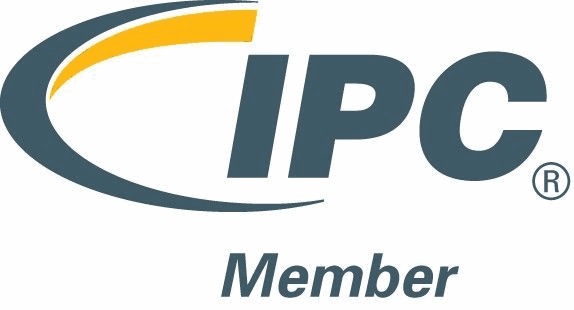It’s been a long time coming, but the chip industry is finally starting to recover from COVID and the global supply chain shortages that resulted from business shutdowns, suspended travel and interrupted logistics.
SEMI Silicone Manufacturers Group (SMG) recently reported that worldwide silicon wafer shipments reached a new record in the third quarter. Coming in at an incredible 3,741 million square inches (MSI), this represents the third straight quarter of growth and a significant year-over-year production increase.
This data validates recent forecasts by the Transparency Market Research study projecting continued growth of the silicon wafer market at a rate of 9.3% to continue through 2031. As the primary platform for semiconductor devices, this silicon wafer news is a good sign for future semiconductor production.
Considering the exponential growth in the global adoption of mobile devices, autonomous vehicles, growing data centers, and cloud computing, this news couldn’t have come at a better time for the semiconductor industry.
The last three years have been a chaotic period for the semiconductor industry, to say the least. In early 2020, as the technology market seemed to be on a long-term breakout, the market dropped suddenly and significantly as countries around the globe scrambled to contain the pandemic. This resulted in near economic turmoil that lasted for the better part of the year.
As the market started to bounce back, government stimulus packages and the quickly evolving remote work culture drove demand to levels that exposed significant shortfalls in chip production. This started in the consumer electronics market, spread to the smartphone market, and eventually hampered automotive production to the point where Detroit saw thousands of shiny, brand-new vehicles sitting outside their manufacturing plants, inoperable and undeliverable for want of a few simple computer chips.
Now that we’re seeing production levels catch up with demand, the semiconductor industry should be able to work through its backlog and try to find its way back to equilibrium. While near-term product oversaturation is sure to occur due to inflation and dwindling consumer buying power, experts predict production and demand should equalize in the latter half of 2023. We are certainly not through this yet, but starting to see the light at the end of the tunnel.
At MPL, we’ve been closely monitoring and planning for what lies ahead. We stand equipped and ready to help our clients adapt and adjust to the new global reality of the semiconductor industry.




